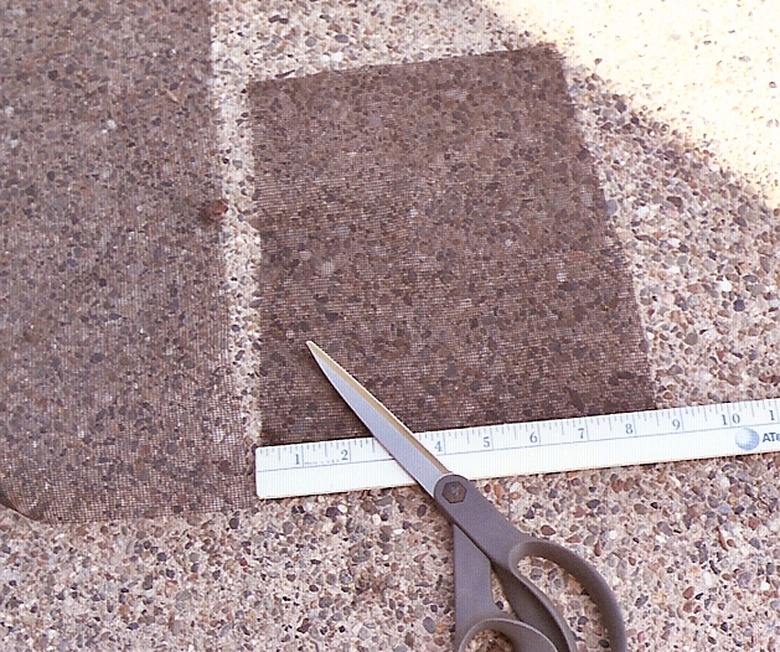How To Screen Your Yard Drains
Step 1
S[ [Flexible window screen ]](https://www.gardenguides.com/12193158-how-to-screen-and-separate-rocks-from-garden-soil.html)reen. Flexible window screen can be purchased at hardware stores and home improvement centers. From one square yard of screen you can make up to 16 drain screens.
Step 2
Count. Count the number of drain caps in the drain system. In a sloping yard, there may be tall caps, flat covers or crown caps. At the street the drain probably has an end cap at the sidewalk or driveway near the gutter or storm drain. This cap also needs a screen.
Step 3
- Flexible window screen can be purchased at hardware stores and home improvement centers.
Step 4
Cut. Measure and cut a screen square about 9 inches on each side. Pull one of the caps off the drain opening. Clean out any debris in the drain pipe hole. Place the screen over the open hole. The screen should be slightly larger than the hole so that it will not fall down in the drain and will be held in place between the drainpipe and cap. Shove the drain cap back in place over the screen.
Step 5
- Measure and cut a screen square about 9 inches on each side.
- Place the screen over the open hole.
Step 6
Repeat. Cut a screen to cover each drain hole. Trim excess corners from the screen but leave enough screen overlap so that the screen can be easily grabbed and removed from the hole for later cleaning.
Step 7
Maintenance. Periodically take the drain caps off and clean out any debris that has collected on the screen. Replace any screen that splits or has torn holes. Hose off clogged screens before replacing them so that water can flow through the screens and into the drain.
Step 8
- Cut a screen to cover each drain hole.
- Hose off clogged screens before replacing them so that water can flow through the screens and into the drain.
Step 9
Barrier. The screen mesh will keep most mosquitoes out of the drain. Mosquitoes that do hatch in the drain will not be able to get out through the mesh. This will cut down on the mosquitoes breeding around your home.

